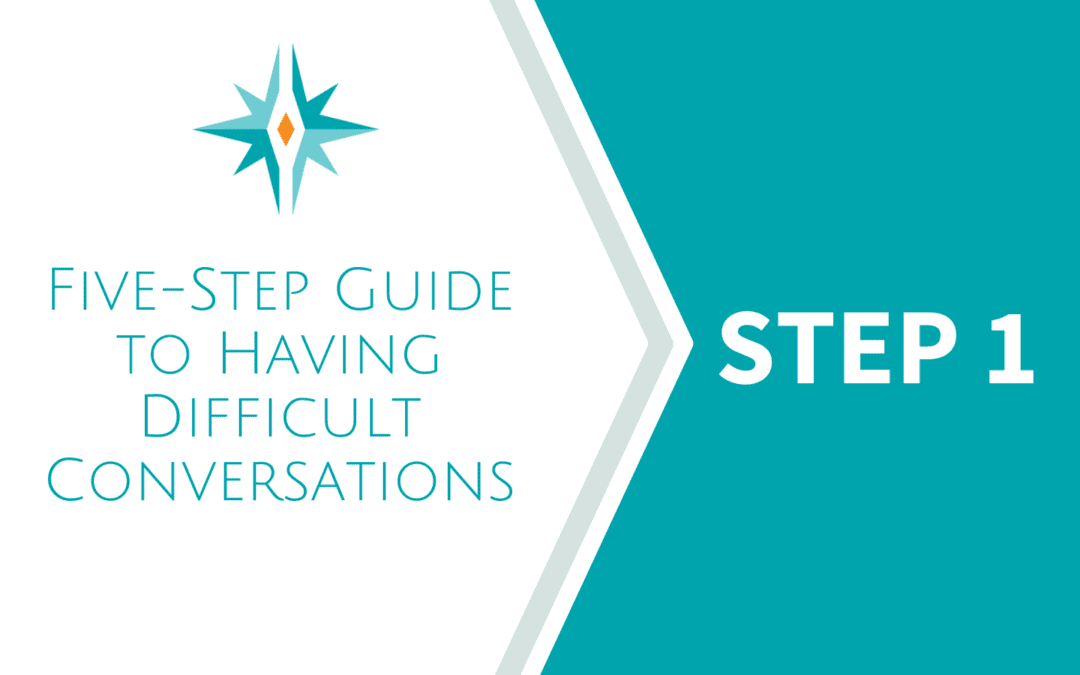It’s the work meeting you’re dreading. Or the presentation to senior management that includes some not-so-awesome performance news. Or maybe the project you’ve been assigned to complete with a prickly colleague. These are only a few examples of workplace interactions that can raise concern, doubt, and anxiety–along with the small hairs on the back of your neck.
How do you broach difficult interactions productively, with poise and confidence? Put another way…what causes communication knots and how can you untangle them?
I’ve created this guide to help you deal with those uncomfortable moments, to discover and unpack what gets tangled up so you can better understand, prepare, and connect in a way that leaves you not only feeling honest with others, but with yourself as well.
These tips may sound like common sense. But when we get stressed and anxious, our amygdala is triggered–the area of the brain where the fight or flight response originates–and the logical, “common sense” center stops working so well. It’s how humans are wired so we get out of harm’s way without wasting time to think, which works extremely well when tigers live nearby. It works less well in a conference room, facing a whiteboard and an audience of colleagues.
I will be sharing the first step in this newsletter and the next four steps in subsequent weeks, so please subscribe and check back. At the end of each step, I’ll offer a suggestion for how you can practice the strategy. Give them a try. You may just find yourself a little more confident…and a little less avoidant.
Step One: Unpack The Fear
It’s natural and understandable to want to avoid confrontation because we don’t want others to think poorly of us. But all too often it can become a knee-jerk tendency rather than a choice that serves our best interests. When you find yourself avoiding what could be an uncomfortable exchange at work, take a moment to reflect on what exactly you’re avoiding. What do you think will happen if you speak truth to your team mate, colleague, or manager?
Resist the urge to catastrophize—assume the worst result– when considering possible outcomes. Instead, thoughtfully consider how you would/could navigate the other’s reaction.
Consider the following example:
You want to discuss what you feel has become a difficult working relationship with a teammate–let’s call her Jess. After asking to meet, you find yourself dreading the discussion. While your goal is to improve your working dynamic with Jess, you feel nervous that by raising the issue you will only make matters worse.
But phrases like “make matters worse” are general. Instead, get specific about what might happen so you can unpack your discomfort around it.
Scenario 1:
You: “Jess, I wanted to meet today to brainstorm about how we might improve our working relationship. I want it to be better.”
Jess: “I’m not sure what you’re talking about. What’s wrong with our working relationship?”
You: “I feel that we can get stuck in granular details on issues and struggle to problem-solve together in a productive way.”
Jess: “Maybe it’s because you’re always trying to control things.”
You: “I’d like to hear more about that. Could you give me an example?”
The key here is in taking the emotion out of the discussion. Becoming defensive and visibly frustrated will only lead to increased tension and could very well stop the discussion in its tracks. Instead, actively listen and respond in a measured, open and curious way.
Scenario 2:
You: “Jess, how do you think we’ve been working together lately?”
Jess: “Fine. I mean, I just think we’re very different people who see things in opposite ways.”
You: “If that’s true, it probably feels difficult to get things done with me. Would you agree?”
Jess: “Yeah, I guess so.”
You: “I’d like to figure out a way to interact differently. How do you think we can come together and use our different approaches in a more productive way?”
Jess: “I’m not sure how that would work, but I guess I could think about it and get back to you.”
You: “That sounds great. Let’s plan another meeting next week. Let me know what day and time work for you.”
We often get so frazzled at the mere thought of someone getting defensive or using harsh language that we never bother to formulate a reasonable, measured response. By walking through potential scenarios, you give yourself a chance to be prepared which, in turn, gives your logical brain a fighting chance of engaging in the moment instead of pivoting into fight or flight response.
Practice: Before opening a potentially awkward discussion, make a list of possible reactions and the fears they trigger. Follow each one through, as we did in the above scenarios, differentiating between the things you can control and the things you cannot. Map out responses for different scenarios and review them ahead of time.
If you’d like to schedule a discovery call to discuss how I can help you or your team, click here.


Recent Comments